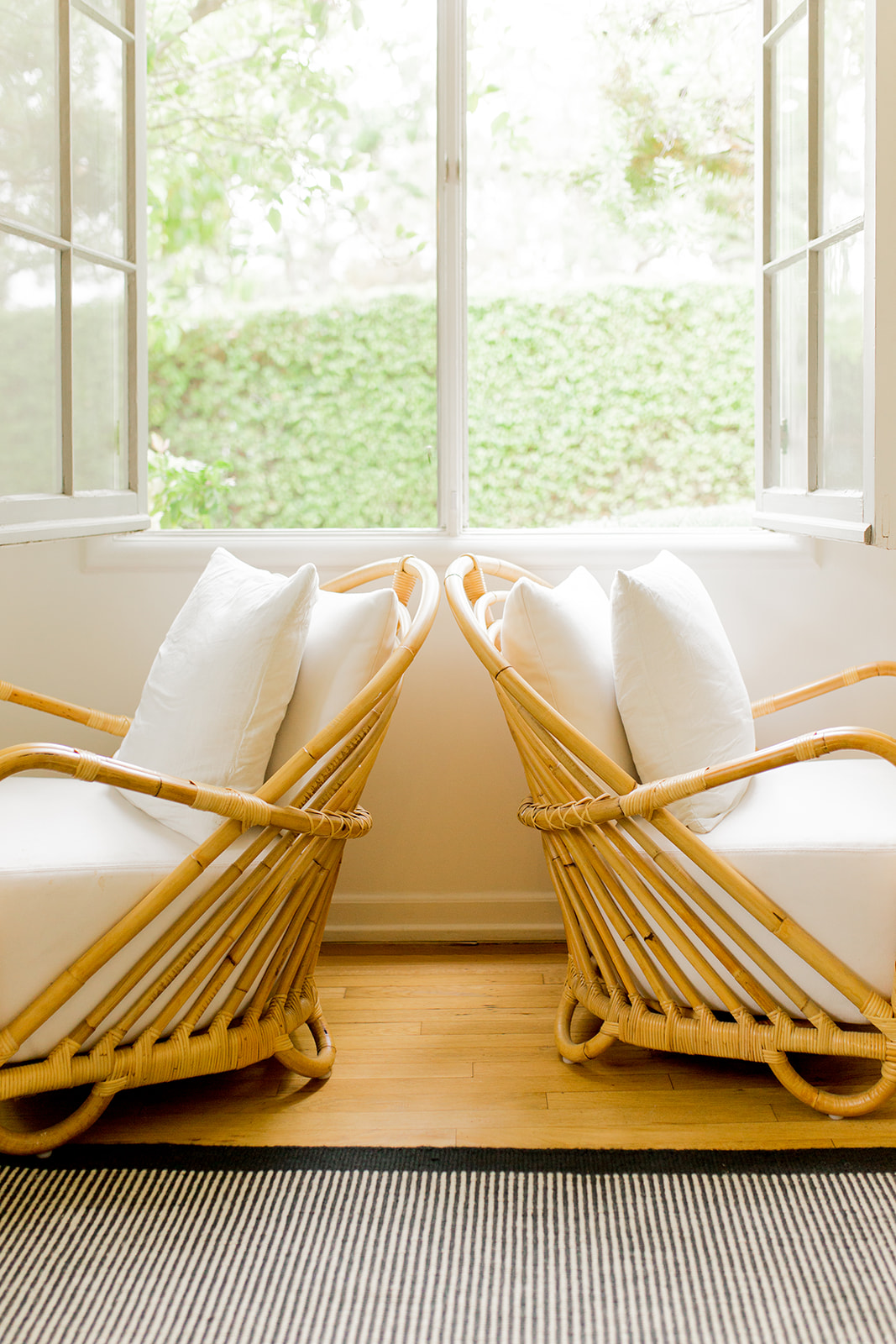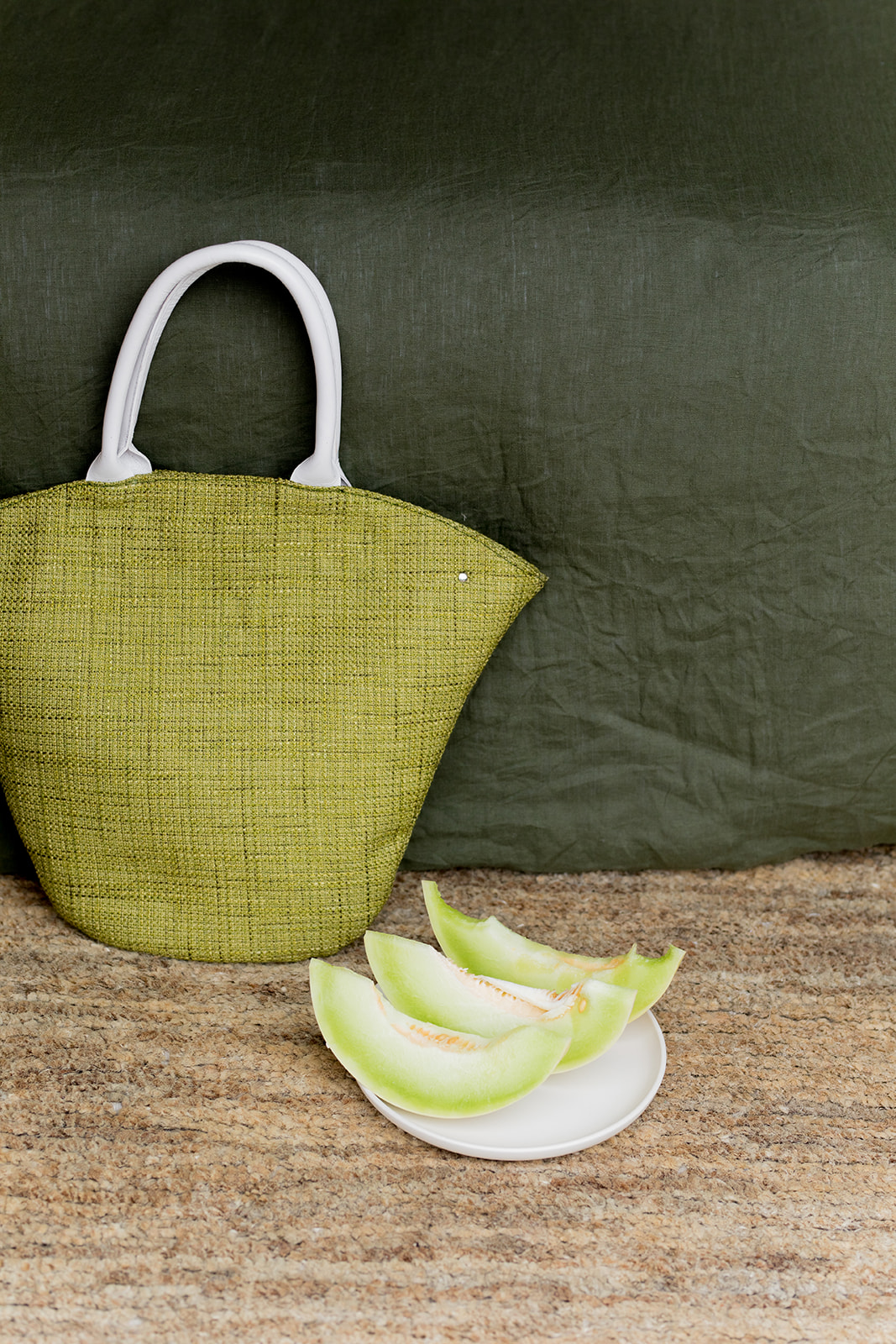
7 Tips For Setting Up A Workspace When You Have ADHD
I was 9 years old when I first heard the term ADHD. It was at this age when, as my mother and teachers suspected, I was diagnosed with attention-deficit/hyperactivity disorder. One visit to my doctor confirmed my symptoms and began what would become a lifelong journey into treating them. Now that I’m 30 and my ADHD and I have become intimately acquainted, I fancy myself to be a sort of connoisseur of “life hacks” that assist me in managing ADHD at work.
“In my trial-and-error approach to dealing with ADHD at work, I’ve found that the environment I work in is incredibly influential in my ability to mitigate its symptoms.”
You may not be surprised to learn that I have an incredibly hard time focusing and staying productive. A neurotypical person may take an hour or two to complete a task during the workday, while I sometimes struggle to complete anything within the entire workday. Executive dysfunction — a sort of mental paralysis that keeps me from being able to start or complete a common task — is the most difficult of my ADHD symptoms, and it often prevents me from managing my time well or meeting deadlines.
In my trial-and-error approach to dealing with ADHD at work, I’ve found that the environment I work in is incredibly influential in my ability to mitigate its symptoms. Setting up a workspace when you have ADHD can be tedious, but it has been well worth it for me and my work life. Once I figured out the optimal setup and necessary tools for the area I work in, I felt such a sense of relief and empowerment.
Clearing up clutter on my desk and customizing my screen setup has helped lessen the impact of my ADHD symptoms, for sure, but there are even more targeted methods I’ve learned in my approach. Read on for seven of my best tips for setting up an ADHD workspace.
1. Cater to your senses
Sensory issues are one common symptom of ADHD that is often overlooked. Having a sensitivity or aversion to certain textures, sounds, or sights that stimulate you can make your work life a bit more difficult — especially if you work in an office with others or in a shared space in the home.
“Having a sensitivity or aversion to certain textures, sounds, or sights that stimulate you can make your work life a bit more difficult.”
A remedy I’ve found that both improves my mood and keeps me comfortable and on-task during the workday is to make my workspace as sensory-friendly as possible. I’m a person who sometimes needs a break from textures or sounds, so switching up the keyboard I type on or using headphones to listen to music for blocks of time has helped immensely.
Sometimes I choose to use my laptop rather than my monitor and wireless keyboard when I need a different experience while typing, and on occasion I prefer to have a candle lit nearby or to switch between softer music and more upbeat playlists throughout the day. Assessing what I feel I need that day and making small adjustments has been a major game-changer.
2. Make it mobile
Most people with ADHD are acutely aware that they’re going to struggle with focusing from time to time — some more than others. While I am on medication that helps significantly with my attention span and ability to be productive, I know that not everyone has access to treatment. In times when I feel like I need extra support in addition to my medicine, embracing the need to shift and change my physical space has been a helpful tool.
“I always keep my options open in terms of where I want to work that day.”
Aside from swapping the work gear I use or the configuration of my desk space, I always keep my options open in terms of where I want to work that day. I do have the luxury of working from home full-time, but many offices have various common spaces or hot desks that allow for a similar approach.
Some days I find myself starting work at my desk, then relocating to my couch, possibly my bedroom, and then back to my desk. While this may sound counterintuitive to some, the slight change of scenery, sensory environment, and the physical setup of how I’m working (aka on my laptop vs at my monitor) have become very helpful for me to continue working without getting majorly distracted.
3. Keep clutter to a minimum
Everyone has their own standard of organization and tidiness. If you’re anything like me, you tend to stay in the camp of organized chaos. While everything has its place, it probably looks like nothing does to the outside observer. That said, trying to stay as organized as possible can keep overwhelm and stress to a minimum when you’re dealing with ADHD in the workplace.
In my home office space, I prefer a very large desk where I can spread out and feel less cramped. On the other hand, this leaves more room for me to dump piles of random items as I pass by my desk or let cups with my various beverages — and there are a lot of them — collect. Preventing this has been difficult, but it has become a lot easier as I’ve figured out my own ways of reducing clutter and staying organized.
“I’ve found that tidying up my workspace has helped me mentally compartmentalize and stay focused.”
If you’re finding it difficult to keep papers from piling up or random objects from being scattered around you, try investing in a desk organizer, small filing cabinet, or even an assortment of fun storage bins where you can categorize your things. Using tools like these can not only help you keep your physical space less chaotic and overwhelming, but I’ve found that tidying up my workspace has helped me mentally compartmentalize and stay focused, as well.
4. Have incentives nearby
“What small rewards can you keep on hand to encourage yourself when you’re being really productive that day?”
All methods used to mitigate ADHD symptoms don’t have to feel like a chore. When you’re going through the process of setting up your office space with ADHD in mind, it’s a good idea to keep motivation in mind.
What might incentivize you to stay focused on your work? What small rewards can you keep on hand to encourage yourself when you’re being really productive that day?
If you have a sweet tooth, keeping a collection of hard candy or other treats you enjoy in a container at your desk space can motivate you to push through ADHD paralysis and get things done knowing that you’ll have a little reward at the end. If you’re like me and prefer a serotonin boost, I’ll put on special playlists that pump me up or allow myself a 10-minute break to play with my dog once I’ve gotten things done.
Having something to look forward to in the workday can make it more fun, and positively reinforce the behaviors that you know will help you deal with your symptoms.
5. Set a timer
No one can truly power through an 8+ hour workday without becoming less productive or energized. Taking breaks is crucial. If you have ADHD, your attention span is likely shorter than that of a neurotypical person so it’s helpful to take that into account when you’re scheduling your day.
“Taking breaks is crucial.”
If you have several meetings on an average day, build time into your schedule to take a 15-minute walk, whether indoors or outside. If you work from home and have more flexibility, try taking a break to make yourself some coffee, call a friend, or get a little movement in. Setting a timer will ensure that you don’t get too off-track, but that you can still allow yourself a reasonable amount of time to refresh your mind.
Setting a timer can also be a great tool if you’re open to a working framework like the Pomodoro technique. This method involves blocks of 25 minutes for continuous work, with a 5-minute break in between each block. This is especially great for people with ADHD because you feel less pressure to stay focused for more time than you can handle, and knowing that you only have 25 minutes to tackle at a time can make work a little less overwhelming.
6. Attempt work-life balance
As tempting as it can be for some of us who work from home to snuggle up in bed with our laptops in the name of comfort, I can honestly say that I’m not able to do my best work when I’m faced with the opportunity to take a nap. With my pup snoring next to me and my fluffy pillows around me, it’s all too easy to get distracted and give in to a doze or turn on the TV “in the background.”
“You’ll probably find it helpful to separate your work area from the places where you live your personal life.”
Keeping my workspace separate from other rooms or areas in my apartment has been instrumental not only in my productivity but also in my sense of work-life balance. While I advocate moving around as necessary, I know that if I kept my desk in my bedroom, I would have a more difficult time both separating work from my home life and feeling like I’m at work when I’m sitting across from the place where I sleep.
Whether it be in a different room or even a different location altogether, you’ll probably find it helpful to separate your work area from the places where you live your personal life. If you find yourself working in a breakfast nook, it will be important to stick to the other tips above (especially #3) so as not to become overwhelmed by distractions.
7. Prepare ahead of time
Going into a workday fully unprepared can be a dangerous game for those of us who struggle with ADHD. If we don’t have an idea of what is on our plate for the day or what our schedule looks like, chaos may ensue. I have found myself in this situation plenty of times, so planning ahead has become a lifesaver.
“If we don’t have an idea of what is on our plate for the day or what our schedule looks like, chaos may ensue.”
Some people prefer paper planners, some prefer a digital calendar, and others — like myself — like a mix of the two. Regardless, keeping up with your to-dos and schedule in an organized way can make your week seem less overwhelming, and it can help you prioritize. This can directly impact your ability to focus during the day because you’ll be less unsure of what you need to accomplish, and when you need to accomplish it.
“All of us, especially those of us with ADHD, cannot expect to sustain productivity endlessly.”
If you work from home, prepping your physical space is a good idea, as well. I personally like to enjoy several different beverages throughout the day (I can’t live without my coffee, Diet Coke, and water bottle), so I try my best to prep those at my desk area before I start work. That way, I’m not constantly getting up to grab a new drink… and then getting sidetracked by the dishes in the sink or the dining room that needs tidying.
Most of all, I hope that these tips help you feel less alone. All of us, especially those of us with ADHD, cannot expect to sustain productivity endlessly. Listen to your rhythms and figure out what works for you so that you can grace others with the critical and creative thought that so often comes along with ADHD.
Lexi Inks (she/her) is a lifestyle journalist based in Jacksonville, Florida. Lexi holds a BFA in Musical Theatre from Jacksonville University, which she has chosen to make everyone’s problem. A self-proclaimed “hot mess with a big heart”, she is a Libra sun, Capricorn moon, and Sagittarius rising. When she’s not hunched over her laptop, you can probably find her drinking an ungodly amount of Diet Coke, oversharing on social media, draining her limited social battery, or being codependent with her rescue dog, Remi. You can follow Lexi on Instagram and Twitter.



